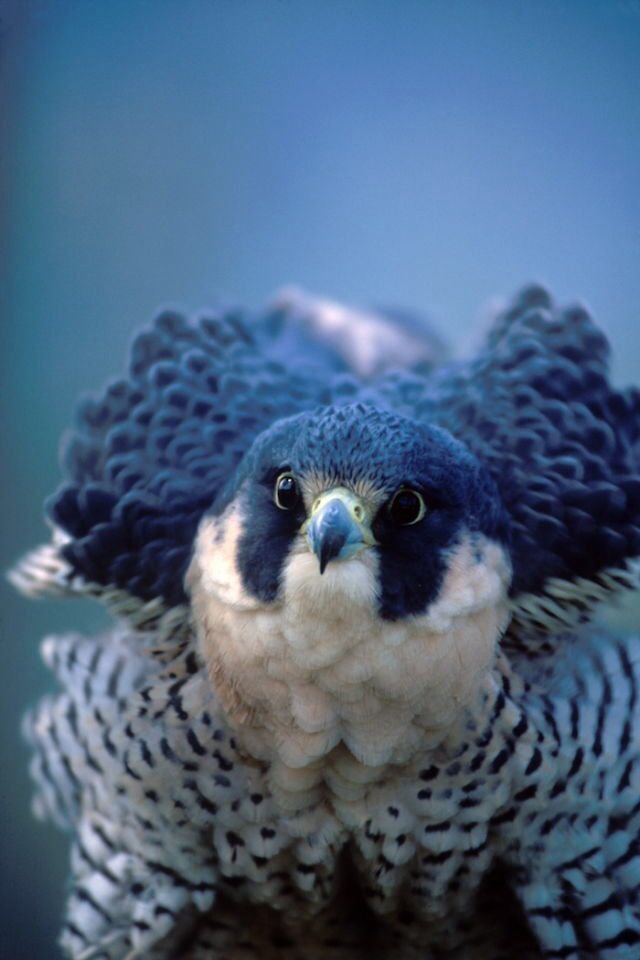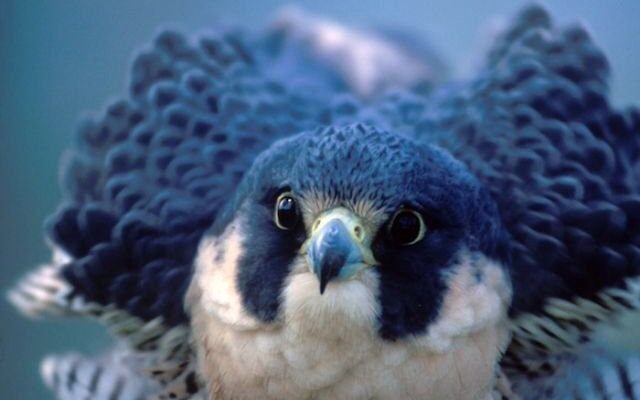
Understanding the evolutionary history of the peregrine falcon is like piecing together a fascinating puzzle. Each piece tells a story about adaptation, survival, and the environment. From its origins millions of years ago to its impressive hunting skills today, the journey of the peregrine falcon is rich and dramatic. Let’s dive into this remarkable history and see what makes this bird so special.
Origin of the Peregrine Falcon
The evolutionary journey of the peregrine falcon began around 2 million years ago during the Pleistocene epoch. This period was marked by significant climate changes and the onset of ice ages. The ancestors of the peregrine falcon likely evolved from a group of birds known as *Falconidae*, which has a long lineage that can be traced back to the tropical forests of Southeast Asia.
As climates shifted, these ancestors adapted to various environments, giving rise to different species of falcons. Over time, the peregrine falcon emerged, developing traits that perfectly suited it for survival in diverse habitats—from the Arctic tundra to urban cities. This adaptability has been key to its success. The peregrine falcon became a master of the skies, equipped with sharp vision, powerful wings, and incredible speed.
What’s interesting is that the peregrine falcon is part of a larger family of birds called raptors, which includes hawks, eagles, and owls. Although they share certain traits, such as sharp beaks and keen eyesight, the peregrine stands out due to its unique hunting style and physical attributes. This specialization has allowed it to thrive in a variety of settings across the globe.
Adaptations Over Time
The peregrine falcon’s success is largely due to its remarkable adaptations. One of the most notable features is its keen eyesight. Able to spot a prey from high altitudes, the peregrine can identify small animals on the ground while soaring up to 3,000 feet in the air. This kind of vision is essential for a bird that relies on speed and precision when hunting.
In addition to eyesight, the peregrine’s body design plays a crucial role in its hunting technique. The streamlined shape allows the falcon to reduce drag while diving. Its long, pointed wings and tail feathers help it maneuver sharply through the air, which is vital for catching agile prey like pigeons, doves, and small birds. You might say it’s the ultimate flying machine, built for efficiency.
Another significant adaptation is the peregrine’s hunting method known as the stoop, where it dives towards its prey at exhilarating speeds. This technique allows the falcon to surprise its targets, using gravity and momentum to strike with great force. It’s not just about speed; it’s about strategy and timing as well. These adaptations have made the peregrine falcon a top predator in its environment.
Population Decline and Recovery
Despite its impressive abilities, the peregrine falcon faced severe challenges in the mid-20th century. The widespread use of pesticides like DDT (dichlorodiphenyltrichloroethane) led to drastic population declines. These chemicals caused eggshell thinning, which resulted in high mortality rates for chicks. The peregrine falcon, once abundant, dwindled to dangerously low numbers.
Conservation efforts began in the 1970s, focusing on habitat protection and reducing pesticide use. One of the most pivotal moments was the banning of DDT in the United States in 1972. With the removal of this harmful chemical, the peregrine started to rebound.
Today, thanks to dedicated conservationists and organizations, the peregrine falcon has made a remarkable comeback. In fact, it was removed from the endangered species list in 1999. This recovery is a testament to the resilience of the species and the efforts made to protect it. Now, you can find peregrines flourishing not just in wild areas but also in cities, where they nest on skyscrapers and hunt urban birds.
Modern Habitat and Range
The peregrine falcon showcases impressive adaptability when it comes to habitat. Originally, these birds were found predominantly in coastal areas and cliffs. However, their range has expanded significantly due to their adaptability and resilience. Today, you can find peregrines in a variety of environments, including urban landscapes, mountain ranges, and even deserts.
In many cities, peregrine falcons nest on tall buildings, which mimic the high cliffs they prefer. Their ability to thrive in urban settings is fascinating and speaks volumes about their adaptability. You might see them perched on skyscrapers, scanning the ground for potential meals, using their keen eyesight to hunt in bustling surroundings.
Interestingly, peregrines have a migratory habit. In the northern regions, they migrate south during winter to find milder climates and abundant prey. This migration can cover thousands of miles, showcasing their remarkable endurance and navigational skills. Each journey is essential for their survival and showcases their ability to adapt to changing conditions.
The Peregrine Falcon: A Symbol of Conservation
The story of the peregrine falcon is much more than a tale of evolution; it serves as a powerful symbol of conservation efforts around the globe. The extraordinary recovery of this bird reminds us of the impact humans can have—both positive and negative—on wildlife. By working together to preserve habitats and regulate harmful substances, we can make a difference.
Today, many organizations focus on continuing education and advocacy for the peregrine falcon and other endangered species. Programs often include citizen science projects, where volunteers help monitor populations and contribute valuable data. This collaboration highlights the importance of community in conservation efforts.
When you spot a peregrine falcon soaring through the sky, it’s a reminder of what we can achieve through concerted efforts. Their journey from near extinction to thriving populations showcases the resilience of nature and the effectiveness of dedicated conservation strategies.
In summary, the evolutionary history of the peregrine falcon is a fascinating saga of adaptation, survival, and remarkable recovery. From its origins millions of years ago to becoming a symbol of conservation, this bird has shown incredible resilience. As we continue to protect our environment and learn from these experiences, we ensure that future generations can experience the wonder of the peregrine falcon in all its glory.
So next time you see a peregrine falcon swooping down from the sky, remember that it’s not just an incredible predator; it’s a living testament to the power of nature and our responsibility to protect it. This beautiful creature reminds us that history doesn’t just belong in books; it’s also alive in the skies above us.

